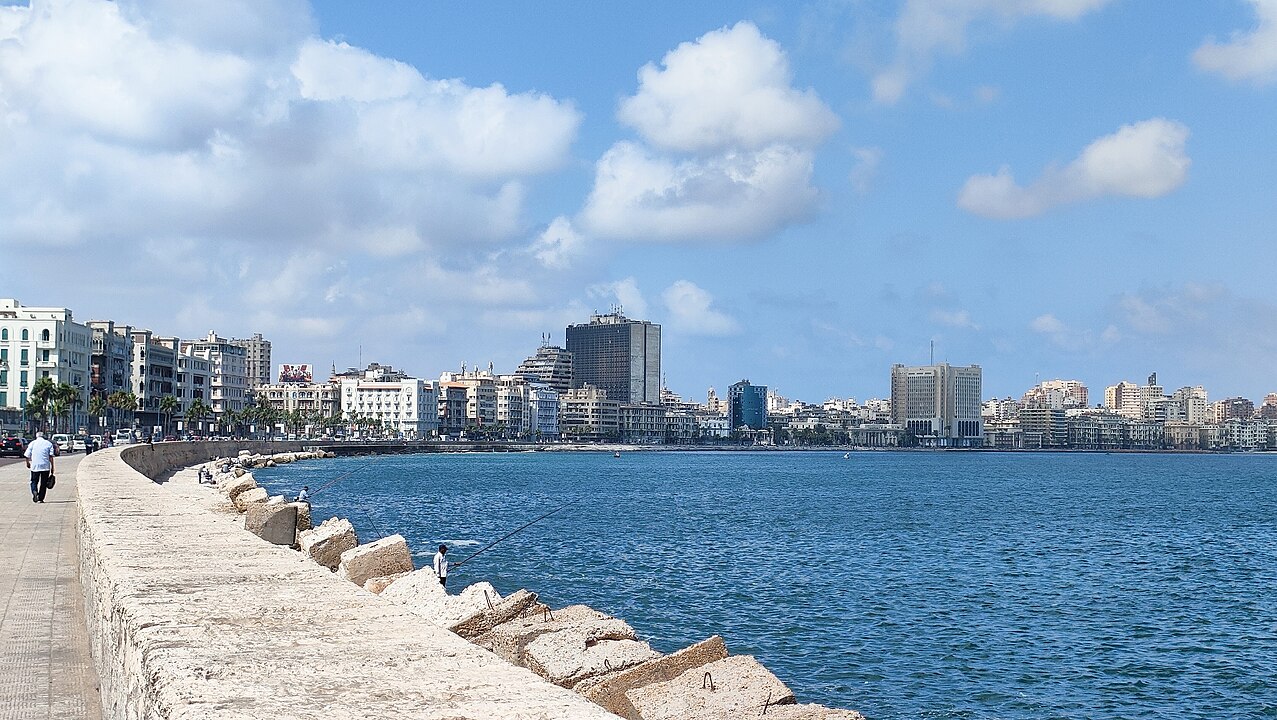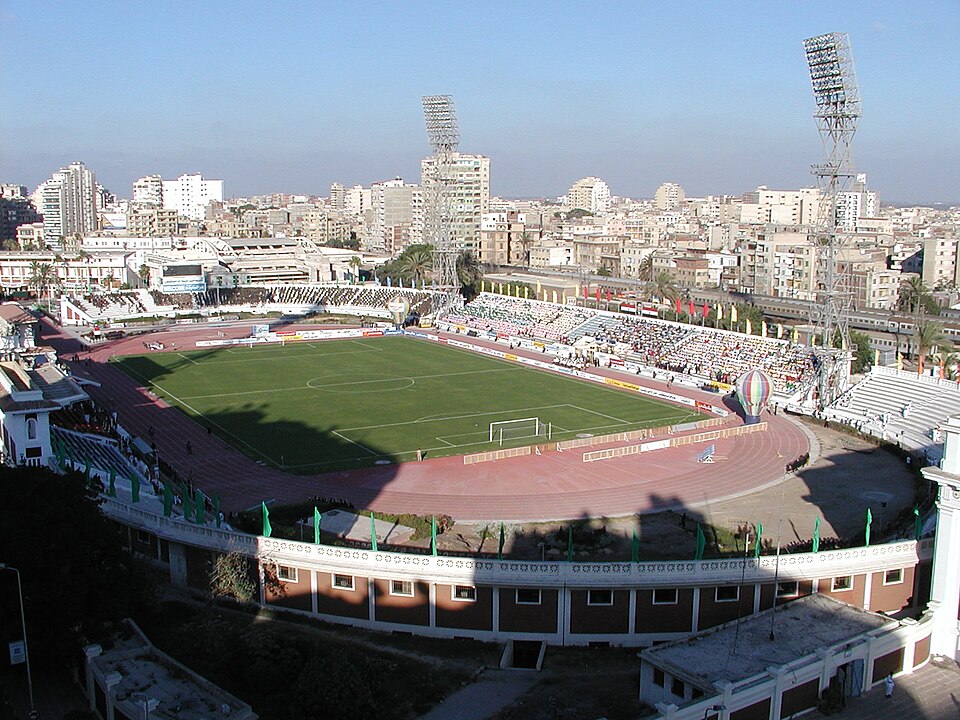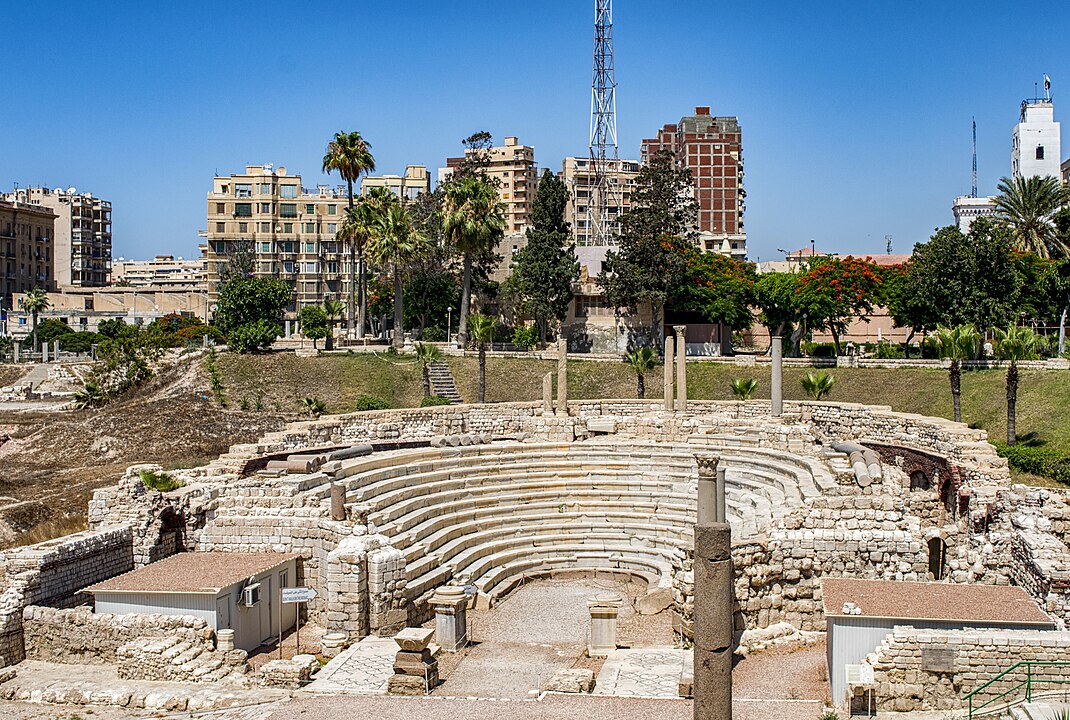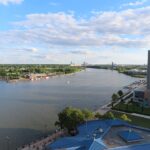Quick Bits:
Alexandria is a city steeped in history and culture. Once the capital of ancient Egypt, it is a hub for tourism, trade, and learning. Situated along the Mediterranean coast, Alexandria seamlessly blends ancient wonders with modern charm. It has earned its place as one of the world’s most iconic cities.
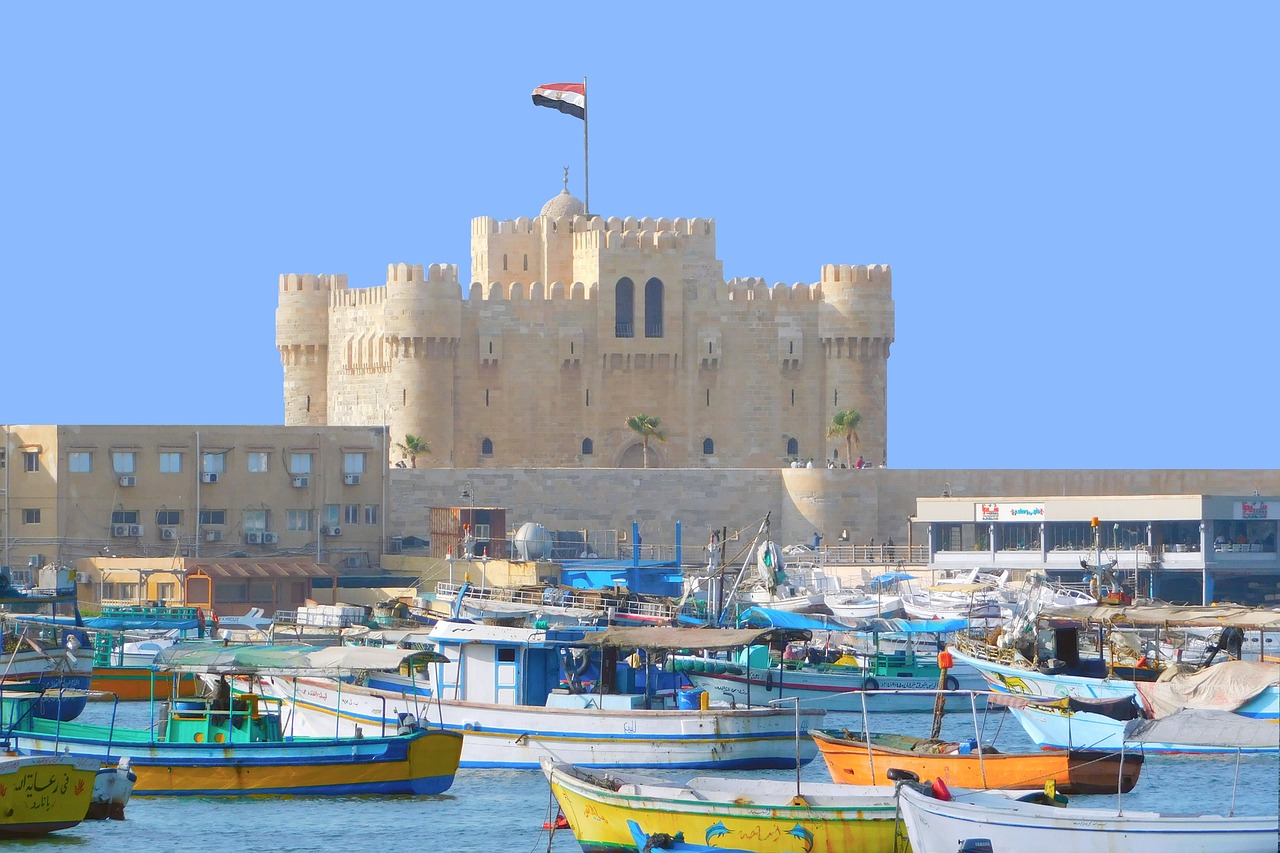
Key Highlights
- Founded: By Alexander the Great in 331 BC
- Known For: The Great Library of Alexandria, the Lighthouse of Pharos
- Location: Mediterranean coastline of Egypt
- Key Attractions: Catacombs of Kom El Shoqafa, Montaza Palace, Bibliotheca Alexandrina
- Climate: Mediterranean with mild winters and warm summers
General Information
Alexandria sits on the northern coast of Egypt. It was established by Alexander the Great and became a beacon of knowledge and cultural exchange. Its Great Library and the Lighthouse of Pharos were legendary symbols of the city’s importance.
Over centuries, Alexandria saw the rise and fall of empires, including the Romans and the Ottomans. Despite changes, it has retained its status as a vital cultural and economic hub. Visitors will find a blend of ancient landmarks, vibrant markets, and waterfront promenades.
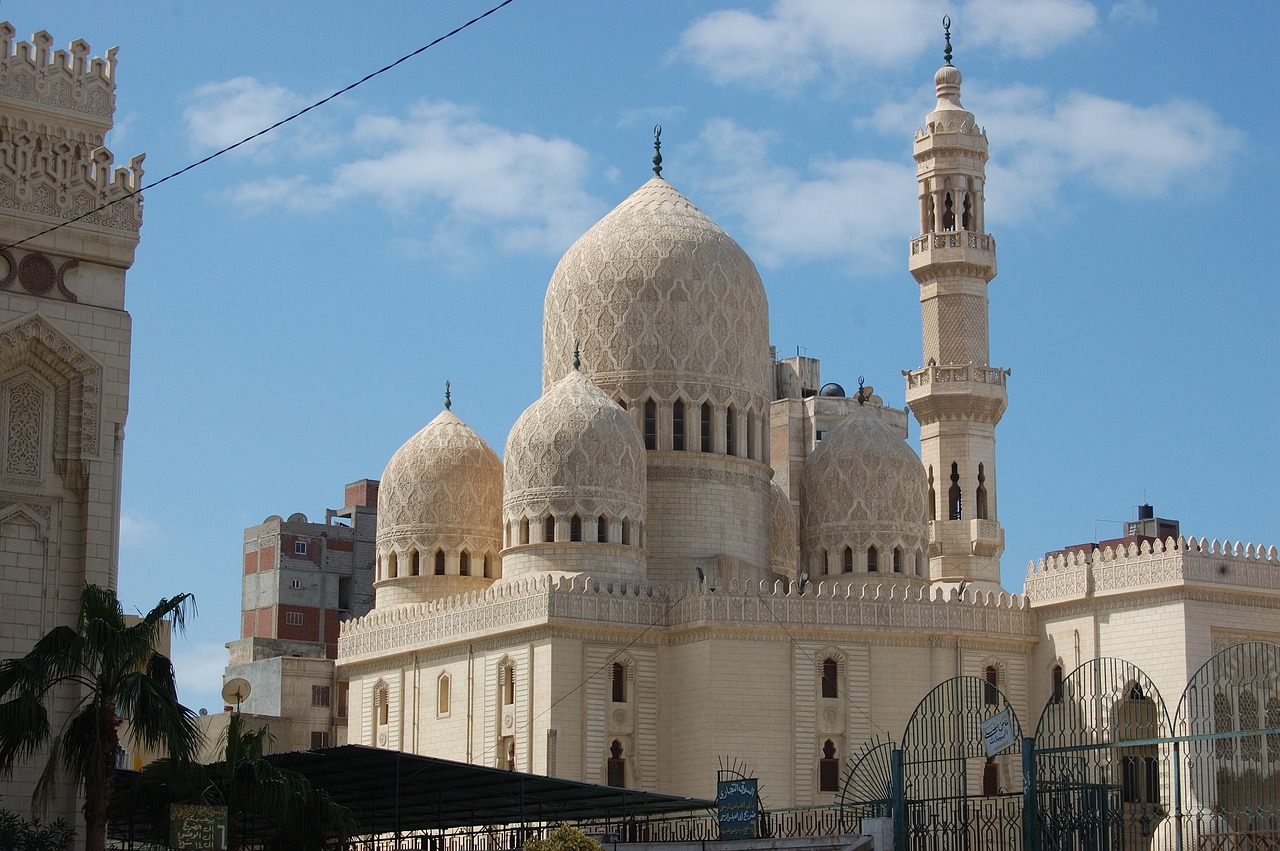
Geography Information
Located on the Mediterranean coast, Alexandria spans approximately 32 kilometers. The city is surrounded by beaches, historical ruins, and a mix of urban and suburban districts. Its position makes it a strategic port, connecting Egypt with Europe and the Middle East.
The Corniche, a famous seaside road, offers stunning views of the coastline. The city’s harbor has been a center of trade for centuries. Inland, Alexandria features flat terrain with a mix of urban spaces and green parks.
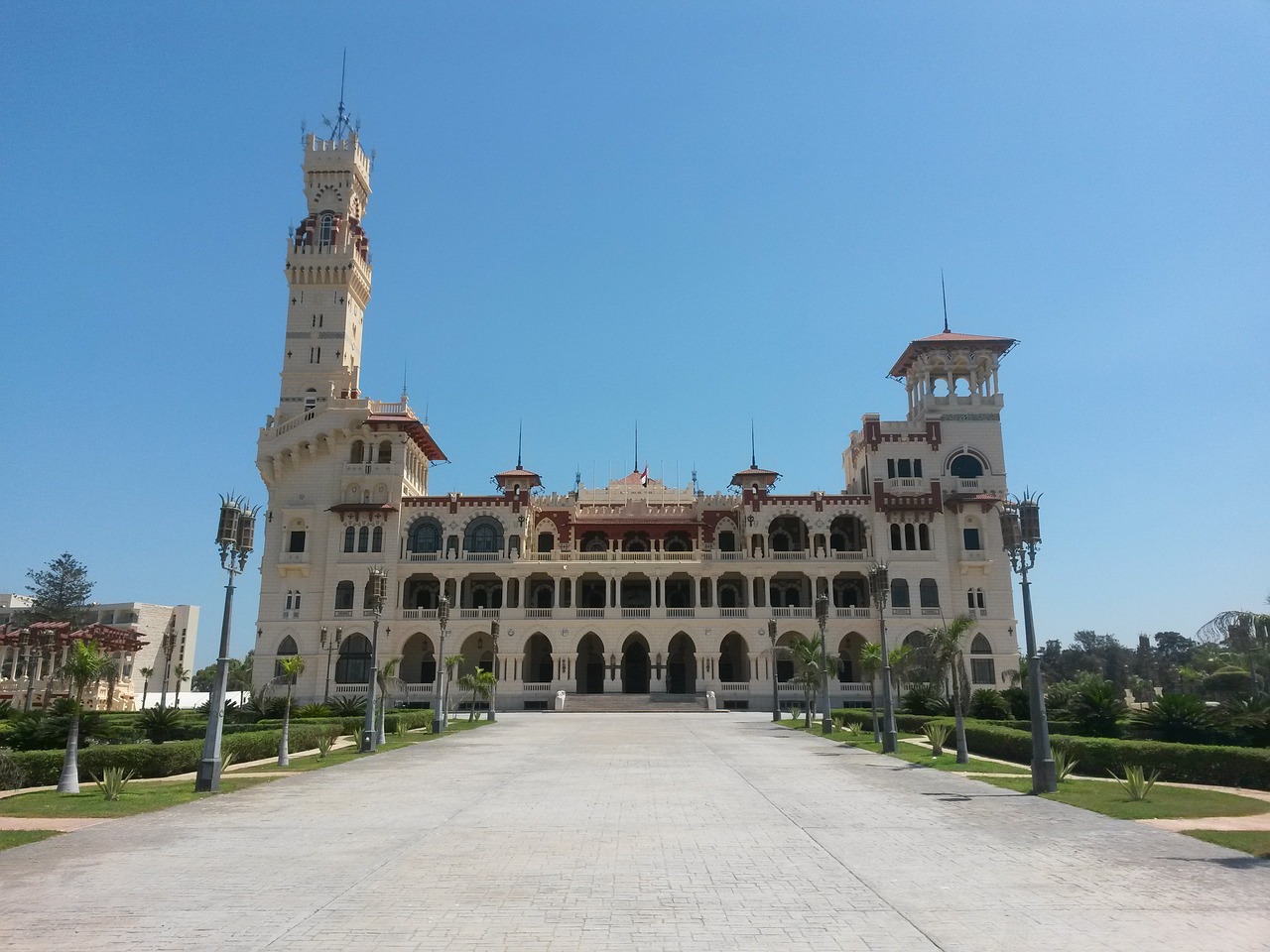
Places to Visit
1. Bibliotheca Alexandrina
This modern marvel pays tribute to the ancient Great Library. It hosts millions of books, art galleries, and research facilities. The sleek architecture and cultural events draw visitors year-round.
2. Catacombs of Kom El Shoqafa
These underground tombs showcase Roman, Greek, and Egyptian influences. They are known for intricate carvings and hauntingly beautiful chambers.
3. Montaza Palace and Gardens
A royal retreat surrounded by lush gardens. Visitors can stroll through manicured landscapes or enjoy views of the Mediterranean.
4. Qaitbay Citadel
Built on the ruins of the Lighthouse of Pharos, this fortress offers history and panoramic views. The citadel is a favorite spot for photography enthusiasts.
5. Stanley Bridge
A modern icon, this bridge is perfect for evening walks and seaside views. The surrounding area buzzes with cafes and restaurants.
Yearly Climate
Alexandria enjoys a Mediterranean climate. Summers are warm and dry, while winters are mild with occasional rain.
- Summer (June-August): Highs range from 30°C to 35°C; beaches are popular during this time.
- Winter (December-February): Temperatures range from 10°C to 18°C; perfect for sightseeing.
- Spring (March-May): Comfortable temperatures make it ideal for exploring parks and gardens.
- Autumn (September-November): Balmy weather attracts those seeking fewer crowds.
Best Time of Year to Visit
The most pleasant time to visit Alexandria is during spring or autumn. The weather is comfortable, and attractions are less crowded. Winter is also a good choice for those looking to avoid the summer heat.
During these seasons, visitors can enjoy the city’s rich history and vibrant local culture. Festivals and events often coincide with these periods, adding to the experience.
In Summary…
Alexandria is a city where history and modernity coexist. From ancient ruins to contemporary museums, it offers something for everyone. Its coastal location enhances its appeal, making it a prime destination for travelers. Whether you’re drawn to history, culture, or seaside relaxation, Alexandria promises an unforgettable experience.

